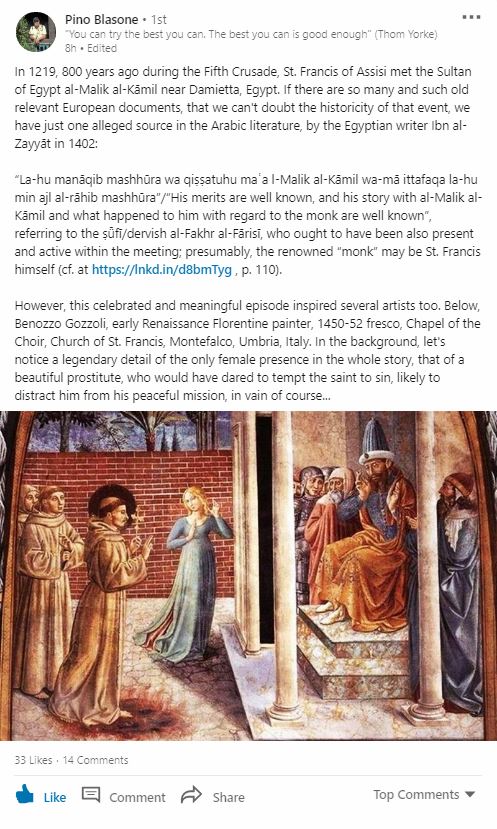SHAKESPEARE, SUICIDE, & HOW NARRATIVE ARTS CAN HELP ADVANCE THEOLOGICAL UNDERSTANDING

Gustav Klimt, Death of Romeo & Juliet, "Theatre of Shakespeare" (1886) from historic Burgtheater, Vienna, via UK Shakespeare Magazine, Twitter. Shakespeare has many plays with suicides in them. Most famously, perhaps, is the dual suicide of Romeo and Juliet. Lady Macbeth kills herself, as do Anthony and Cleopatra, Brutus, Cassius, the wife of Brutus, Timon of Athens, and a daughter of King Lear. In Lear, the blinded Gloucester wants to commit suicide by jumping off a cliff, but his son in disguise sets it up to make his father believe he has been miraculously saved. Othello kills himself after he realizes he has been tricked into killing his wife by Iago (whose name is a Spanish form of James, which makes sense considering how the English hated the Spanish after the Armada, and the Jesuits, based in Spain; but which creates cognitive dissonance when we think of how the play was written while a king named James occupied the English throne). In Hamlet, the prince c...



